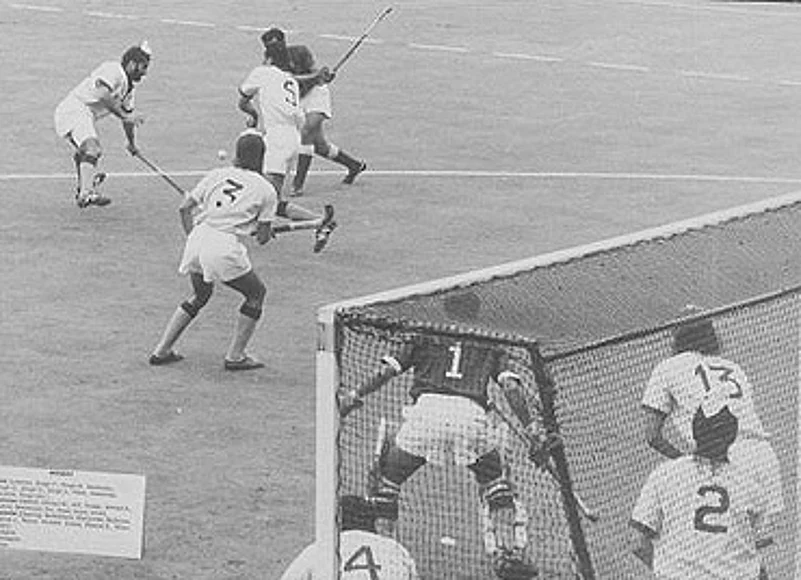Exclusive Extracts from Olympics: The India Story by Boria Majumdarand Nalin Mehta
***
The book was made possible by a decision in the mid-1990s bythe International Olympic Committee to set up a public archive for scholars, inguise of the Olympic Studies Center at Lausanne, Switzerland. It’s a raregesture for institutions of this nature and the IOC has also taken theinitiative in encouraging scholars from around the world to make use of theresource.
Funding scholars to dig into this fascinating archive, theIOC has tried to live up to the declared ideals of the centre, to ‘preserveand disseminate the collective memory of the Olympic movement and to coordinateand promote research, teaching and publications about Olympism’. Yet, noIndian scholar had ever dug into the centre’s resources before. This is notsurprising since the IOC’s fellowship programme is of rather recent vintageand not too well known outside sport history departments in the West whereOlympic studies is now among the fastest growing disciplines. For us, it boileddown to a fortuitous, chance suggestion to apply for the fellowship. Whileteaching at the University of Chicago in early 2004, John Macaloon, one of theleading scholars of Olympism, suggested that I apply for the fellowship. Ittickled my curiosity, as it would add to the cricket and football stories that Ihave retold in print over the years.
Being the only two Indians to have accessed this archive asfellows of the museum, it has been a matter of great satisfaction personally tobe able to document the story. We are extremely confident that as more Indianscholars find their way to this unique archive in the future, our effort will berevised and subsequently improved upon.
Lausanne: The Thrill Of Discovery
By the banks of Lake Geneva, the IOC Museum makes a wonderfulpicturesque setting. It is post-card Switzerland: the Alps all around, ruralFrance across the Lake and the pristine mountainous air. Could it be possiblethat this building, Juan Antonio Samaranch’s last gift to the IOC before hequit office, situated as far as one can be from the dusty playing fields ofIndia, would contain the real answers to the riddles that plague India’sOlympic story? Why did Indian hockey rise the way it did? Why did it collapseequally suddenly? Why does India not win Olympic medals? What indeed doesIndia’s Olympic progression tell us about the nature of Indian society andpolitics and the manner in which these have evolved?

Tokyo 1964: India vs Pakistan (1:0)
Soon after my formal introduction to the staff of the StudiesCenter in December 2004, I casually inquired into what the archive contained onIndia. Much had not been written on the subject: except the occasional tributeto our rare Olympic achievers or the scathing critiques following dismal outingsat various Games, literature on India at the Olympics is minimal. The answer Igot from the museum staff was startling. I was told there was hardly anythingthat would be of significance to an Indian historian in what is the world’slargest repository on Olympic studies.
It was a reality check, and for the first two weeks I wasleft with nothing to do but read the voluminous tomes of the IOC’s ExecutiveCouncil minutes through the years. The Indian presence in these records waslimited to saying a mere ‘yes’ or ‘no’ every two or three years. With mysearch looking like a wild goose chase, I had almost given up by the end of thesecond week. I had gone to uncover India’s Olympic history but there seemed nosuch thing in the records. Spirits drooping, I was preparing to use theremaining time on my fellowship as an opportunity to explore Switzerland.
Then, like so often in academic research, pure chance broughtthe vital clue that I needed. Nuria Puig, a very senior IOC employee, casuallymentioned over coffee in the first floor restaurant that I should read some ofthe letters exchanged between the IOC’s successive presidents and the heads ofthe Indian Olympic Association (IOA), for they made fascinating reading. Aftertwo weeks of being told that there was absolutely no specific material on India,after two weeks of sympathetic glances from the IOC’s librarians, this casualremark was like raindrops after a long drought. This was the precisely the kindof thing I was looking for and hadn’t found. Nuria hadn’t even finished hersentence before I was dragging her off to the library to show me some of theseletters.
What opened up before me was a virtual treasure: an entirecabinet full of files containing memos, letters and documents exchanged betweenthe IOC and Indian sports administrators over the last 75 years. There werethousands of these documents and God knows how many more cabinets inside. I wassuddenly aware that there, right in front of me, was the material, which wouldhelp us piece together the story of India’s Olympic encounter. The librariansdid not point these out to me simply because this correspondence had been filedaway as part of normal bureaucratic procedure. No one had ever asked for anIndian collection; so a dossier had never been created.
















